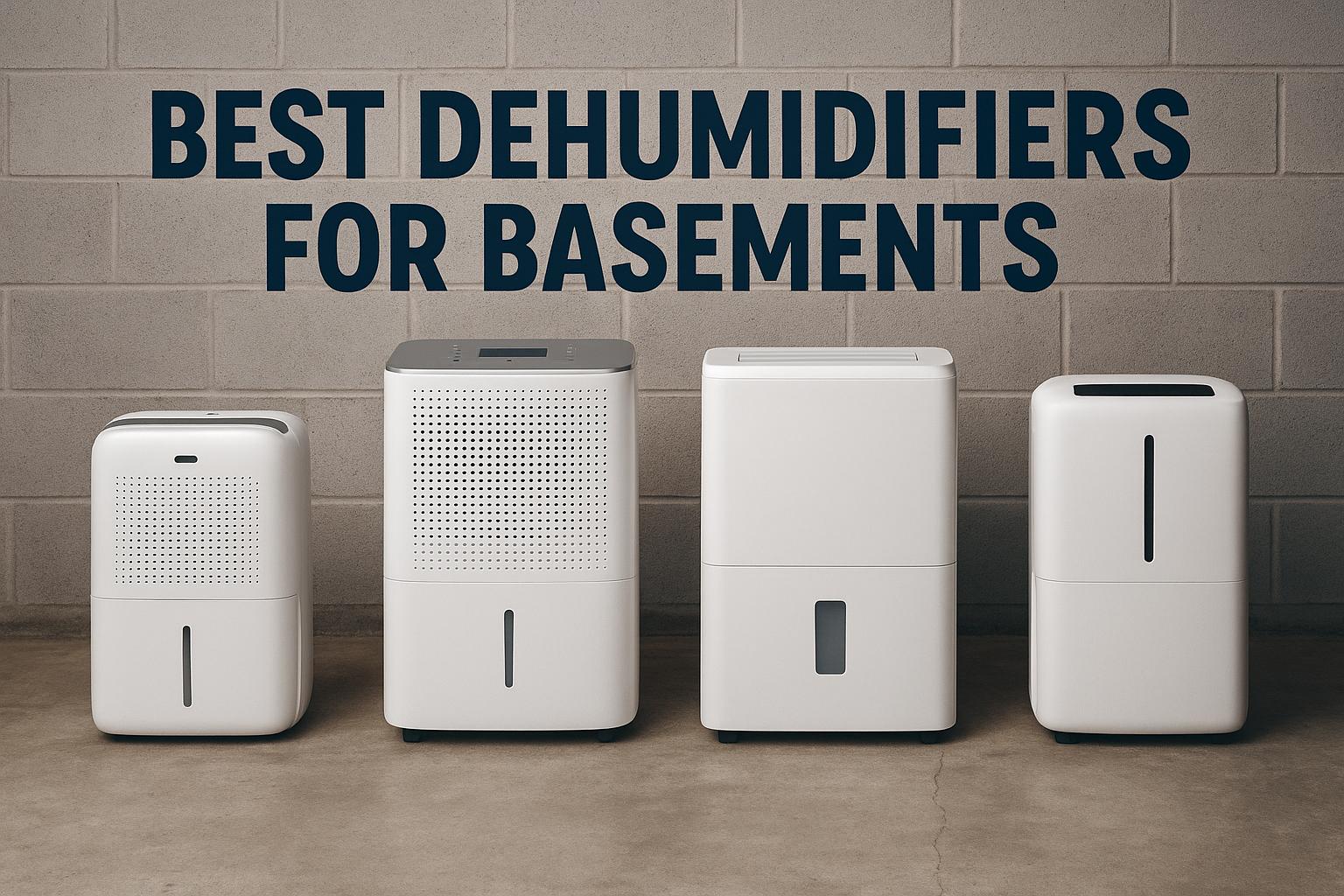Understanding the Need for Dehumidifiers in Basements
Basements, by their very nature, are often prone to higher levels of humidity due primarily to their subterranean location. This makes them susceptible to moisture accumulation, which can significantly impact the health and integrity of both the environment and the structural elements of your home. Employing a dehumidifier in your basement is not just a matter of convenience but rather a necessary investment for ensuring a safe, comfortable, and long-lasting living space.
Moisture in a basement can originate from various sources. Groundwater seepage, improper ventilation, and external weather conditions can cause dampness and elevated humidity levels. The lack of natural sunlight and airflow exacerbates these conditions, creating the perfect breeding ground for mold and mildew. Mold growth not only affects the air quality but can also cause significant health risks including allergic reactions and respiratory problems. Moreover, excess moisture can lead to musty odors becoming engrained in walls, flooring, and stored items, reducing the overall quality and appearance of the basement. In more severe cases, unchecked humidity can compromise the structural integrity of the building due to wood rot and rust.
Key Features to Consider
When selecting a dehumidifier for basement use, it is crucial to evaluate several important factors that can influence its effectiveness and efficiency. Understanding these features will help ensure that the chosen dehumidifier will adequately serve your needs and protect your basement environment.
Capacity: The capacity of a dehumidifier is indicative of the volume of moisture it can extract from the air over a 24-hour period. This is typically measured in pints, and choosing the right capacity is essential for optimal performance. For small to moderate spaces, a capacity of around 30 to 40 pints might suffice. However, for larger or particularly damp areas, a capacity of 50 pints or more is generally recommended to handle higher moisture levels effectively.
Size: The physical dimensions and power of the unit must correspond with the size of your basement. Smaller basements can be adequately served with a more compact model, while expansive spaces will likely necessitate a larger and more powerful unit. Understanding the size dynamics ensures that the airflow and coverage are sufficient to manage the entire area.
Energy Efficiency: In modern appliances, energy efficiency is a significant factor that influences operational costs over time. Dehumidifiers bearing the Energy Star certification are specifically designed to consume less power, making them cost-effective for long-term use. This is a critical consideration, especially if you plan to operate the dehumidifier continuously.
Drainage Options: One pragmatic feature available in many dehumidifiers is the provision of varied drainage methods. While traditional models may require manual emptying of water tanks, modern units often include options like continuous drainage via a hose connection, which can be highly beneficial in a basement setting by eliminating the hassle of frequent monitoring and water disposal.
Portability: Given the need to position your dehumidifier optimally across various areas of your basement, selecting a model with enhanced portability features can be advantageous. Units with built-in wheels and ergonomic handles allow for easy repositioning, promoting better accessibility and effective moisture control in different sections as required.
Popular Dehumidifiers for Basements
Navigating the wide range of available dehumidifiers can be daunting. Here are some models that have proven effective in tackling basement humidity issues:
Frigidaire FFAD7033R1: Renowned for its durable construction and impressive performance, this model is adept at moisture extraction while ensuring low noise levels. Its robust design and capabilities make it a reliable choice for those with substantial dehumidification needs.
hOmeLabs HME020031N: This option is particularly appreciated for its energy efficiency, which is bolstered by an Energy Star certification. It comes with a substantial water tank and offers the convenience of continuous operation when connected to a drain, making it an ideal choice for prolonged use.
Keystone KSTAD50B: Known for delivering a good balance between cost and functionality, this dehumidifier features user-friendly controls and efficient humidity control, offering a practical solution for maintaining a dry basement environment.
Maintenance and Care
Maintaining your dehumidifier is key to ensuring its performance and longevity. Routine care tasks should not be overlooked, as they contribute significantly to the device’s overall efficiency.
Clean the Filter: Most dehumidifiers are equipped with a washable filter that traps dust, allergens, and other particulates. Regular cleaning of this filter is essential to maintain air quality and the operational efficiency of the unit.
Empty the Water Tank: In the absence of a continuous drainage feature, it is crucial to regularly empty the water tank to prevent overflow. Over time, this practice also helps to prevent the development of unpleasant odors resulting from stagnant water.
Inspect for Clogs: Ensuring that hoses and connections remain clear and unobstructed is vital for optimal water flow. Any clogs can impede the dehumidifier’s performance, so routine inspection and maintenance of these components are imperative.
Conclusion
Ultimately, the selection and effective utilization of a dehumidifier in your basement can profoundly influence the overall condition and comfort of your home. By evaluating your specific needs and thoroughly considering factors such as capacity, size, and energy efficiency, you can opt for a unit that functions effectively in your environment. Consistent maintenance practices will further guarantee that the dehumidifier operates at its full potential, securing a comfortable and healthy basement environment for years to come.



